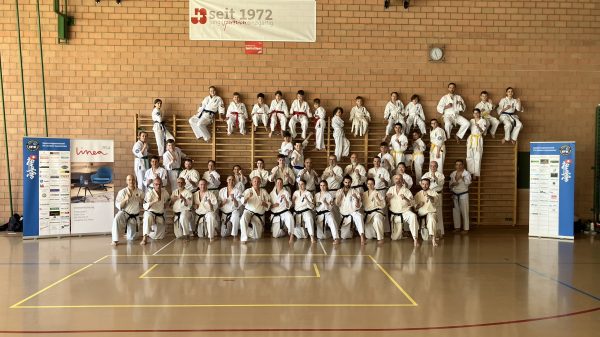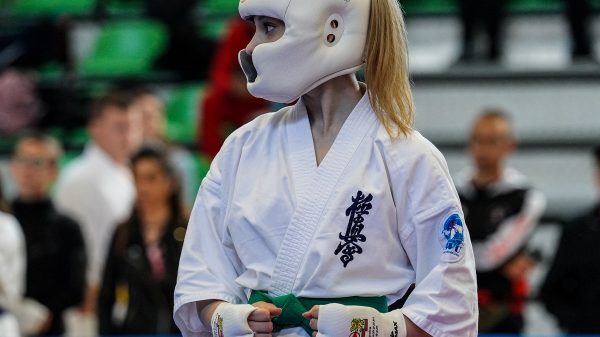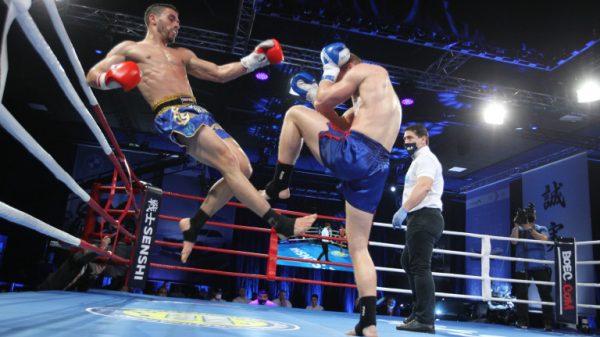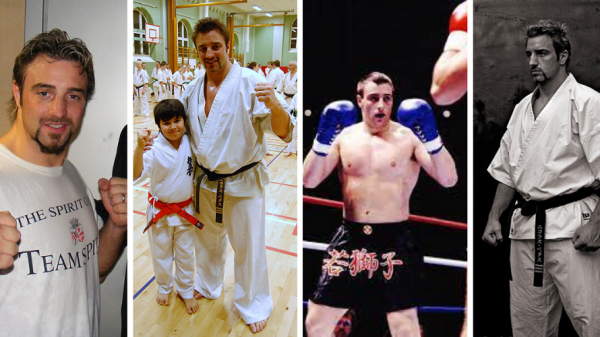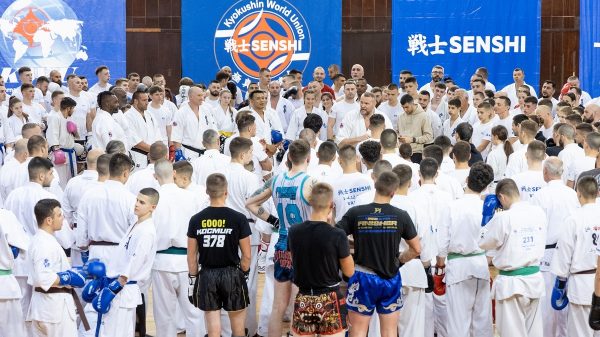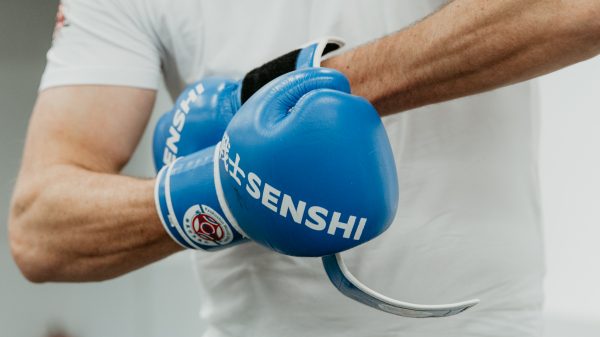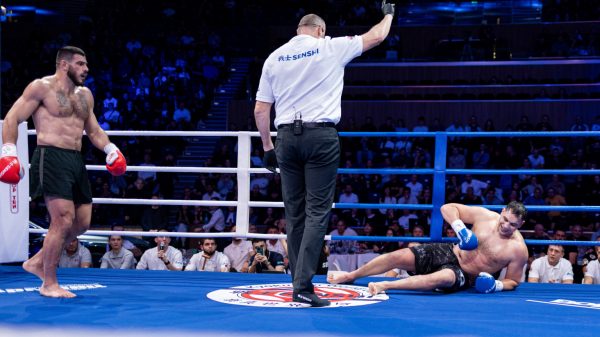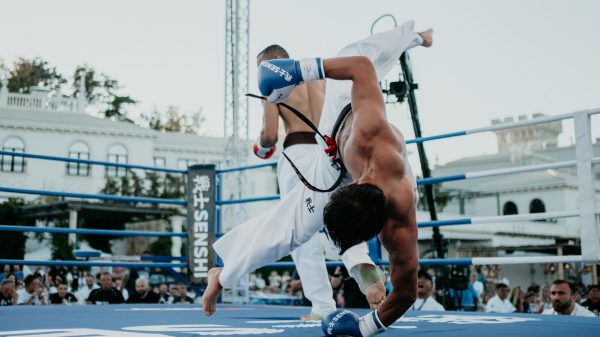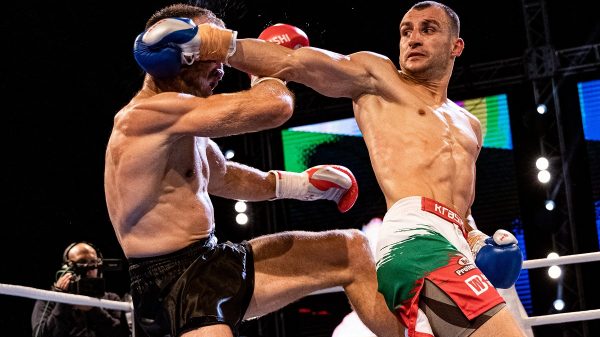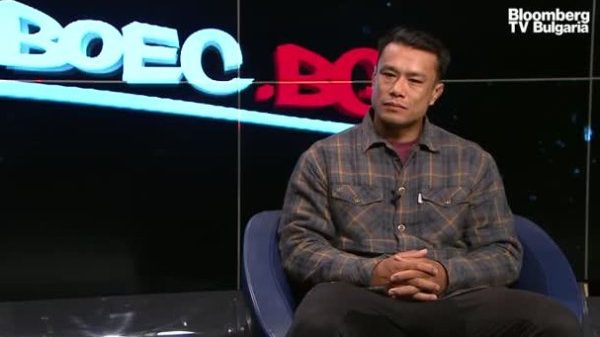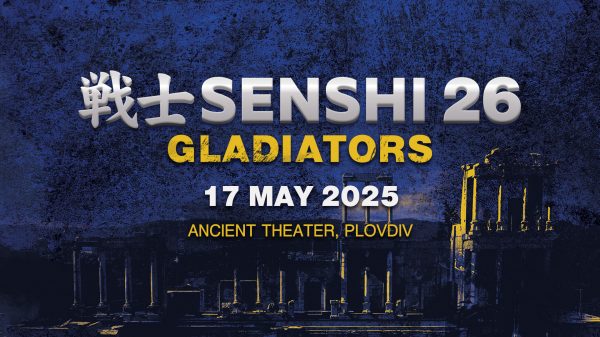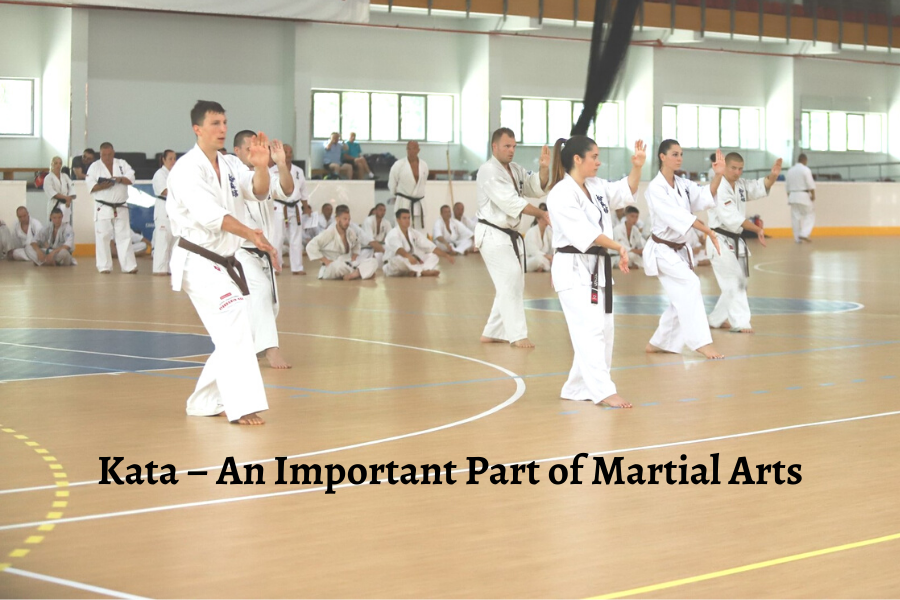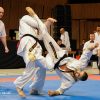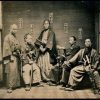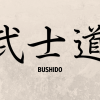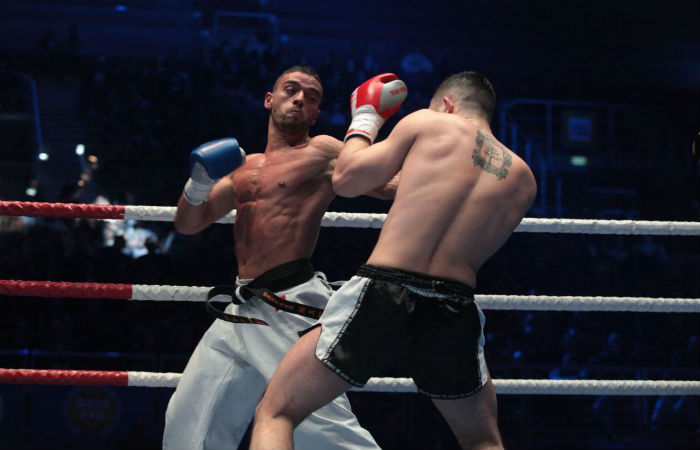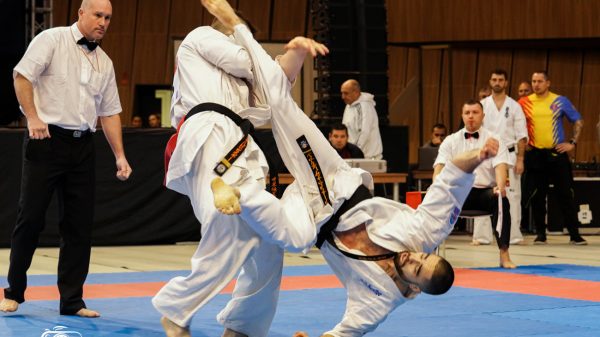Kata serves as a vital link to the rich history, tradition, and cultural heritage of Kyokushin Karate. Passed down from generation to generation, kata encapsulates the essence of the art, preserving ancient techniques, principles, and philosophies. By practicing kata, practitioners connect with the lineage of masters who have come before them, honoring their legacy and perpetuating the tradition of Kyokushin.
1. Historical Continuity: Kata bridges the gap between past and present, maintaining the continuity of Kyokushin Karate’s traditions. Each form is a testament to the wisdom and knowledge of the art’s founding masters, carrying forward their teachings and insights. Practitioners learn the same movements and techniques that have been practiced for centuries, ensuring that the foundational principles of Kyokushin remain intact and relevant.
2. Cultural Heritage: Beyond its technical aspects, kata embodies the cultural heritage of Kyokushin Karate. The movements, stances, and sequences reflect the philosophical and spiritual values that are integral to the martial art. By engaging in kata practice, practitioners immerse themselves in the cultural fabric of Kyokushin, gaining a deeper appreciation for its origins and evolution.
3. Honoring the Lineage: Kyokushin practitioners practice kata to pay homage to the lineage of masters who have shaped the art. Each kata is a tribute to their contributions and sacrifices, a way to honor their legacy and keep their spirit alive. This connection to the past fosters a sense of respect and reverence, inspiring practitioners to uphold the highest standards of martial arts.
4. Embodiment of Principles: Kata serves as a repository of the core principles and philosophies of Kyokushin Karate. Through the deliberate practice of kata, practitioners internalize values such as discipline, perseverance, and respect. These principles are not just theoretical concepts but are embodied in the movements and techniques of kata, providing a practical framework for living out the ideals of Kyokushin.
5. Transmission of Knowledge: Kata is a means of transmitting the accumulated knowledge and wisdom of Kyokushin Karate to future generations. Each form is a carefully crafted sequence that encapsulates key lessons and insights, ensuring that the art’s teachings are preserved and passed on. This transmission of knowledge is essential for the continued growth and development of Kyokushin, ensuring that its principles endure through time.
In conclusion, kata is more than a series of movements; it is a living embodiment of the rich history, tradition, and cultural heritage of Kyokushin Karate. Through the practice of kata, practitioners forge a deep connection to the lineage of masters who have come before them, honoring their legacy and perpetuating the timeless principles of the art. In doing so, they become stewards of Kyokushin’s traditions, ensuring that its spirit continues to thrive for generations to come.


